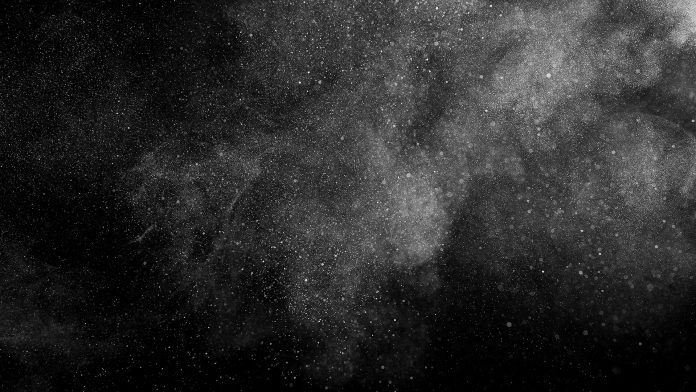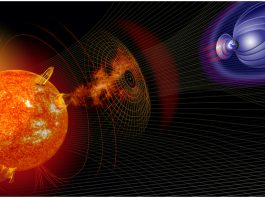Concentrations of potentially harmful chemical contamination in dust collected from air filtration systems on the International Space Station (ISS) exceed those found in floor dust from many American homes, a new study has revealed.
Scientists analysed a sample of dust from air filters within the ISS. They found levels of harmful chemical contamination, which were higher than the median values found in US and Western European homes.
The results, published in Environmental Science and Technology Letters, could guide the design and construction of future spacecraft.
This harmful chemical contamination could impact human health
The chemical contamination found in the ‘space dust’ included:
- Polybrominated diphenyl ethers (PBDEs);
- Hexabromocyclododecane (HBCDD);
- ‘Novel’ brominated flame retardants (BFRs);
- Organophosphate esters (OPEs);
- Polycyclic aromatic hydrocarbons (PAH);
- Perfluoroalkyl substances (PFAS); and
- Polychlorinated biphenyls (PCBs).
BFRs and OPEs are used in many countries to meet fire safety regulations in consumer and commercial applications like electrical and electronic equipment, building insulation, furniture fabrics and foams.
PAH is a form of harmful chemical contamination present in hydrocarbon fuels and emitted from combustion processes. Moreover, PCBs were used in building and window sealants and electrical equipment as dielectric fluids, while PFAS have been used in applications like stain-proofing agents for fabrics and clothing.
The potential human health effects of these chemical contaminants have led to some of them being banned or limited in use.
Implications for future space stations and objects
Co-author Professor Stuart Harrad, from the University of Birmingham, commented: “Our findings have implications for future space stations and habitats, where it may be possible to exclude many chemical contamination sources by careful material choices in the early stages of design and construction.

“While concentrations of organic contaminants discovered in dust from the ISS often exceeded median values found in homes and other indoor environments across the US and western Europe, levels of these compounds were generally within the range found on Earth.”
The researchers noted that PBDE concentrations in the dust sample falling within the range of concentrations detected in US house dust may reflect the use of the ISS of inorganic FRs. Examples of this include ammonium dihydrogen phosphate and webbing flame retardant.
They believe that commercially available ‘off-the-shelf’ items brought on board for the use of astronauts, such as cameras, MP3 players, tablet computers, medical devices, and clothing, are potential sources of much of the harmful chemical contamination detected.
Measuring dust on the International Space Station
Air inside the ISS is constantly recirculated with eight to ten hourly changes. While CO2 and gaseous trace contaminant removal occurs, the degree to which this removes chemical contamination, like BFRs, is unknown.
High levels of ionising radiation can accelerate the ageing of materials, including the breakdown of plastic goods into micro and nanoplastics that become airborne in the microgravity environment.
This may cause concentrations and relative abundance of PBDEs, HBCDD, NBFRs, OPEs, PAH, PFAS, and PCBs in ISS dust to differ notably from those in dust from terrestrial indoor microenvironments.
Scientists measured concentrations of a range of target chemicals in dust collected from the ISS. In a microgravity environment, particles float around according to ventilation system flow patterns, eventually depositing on surfaces and air intakes.









